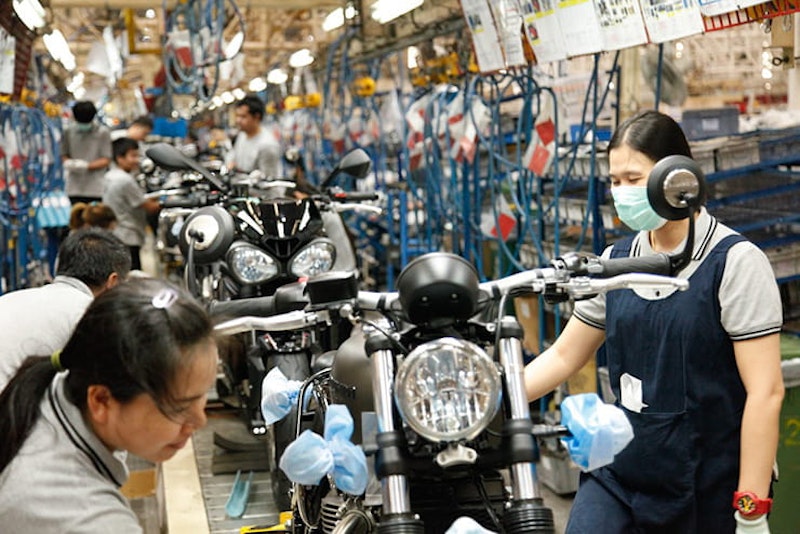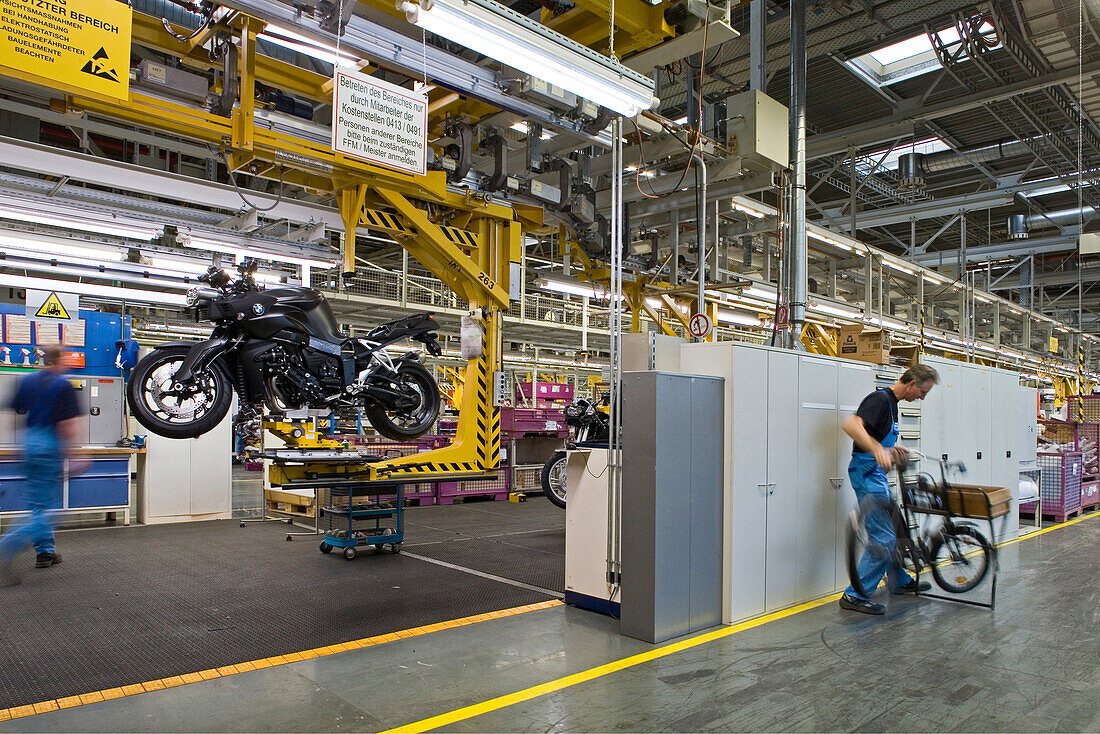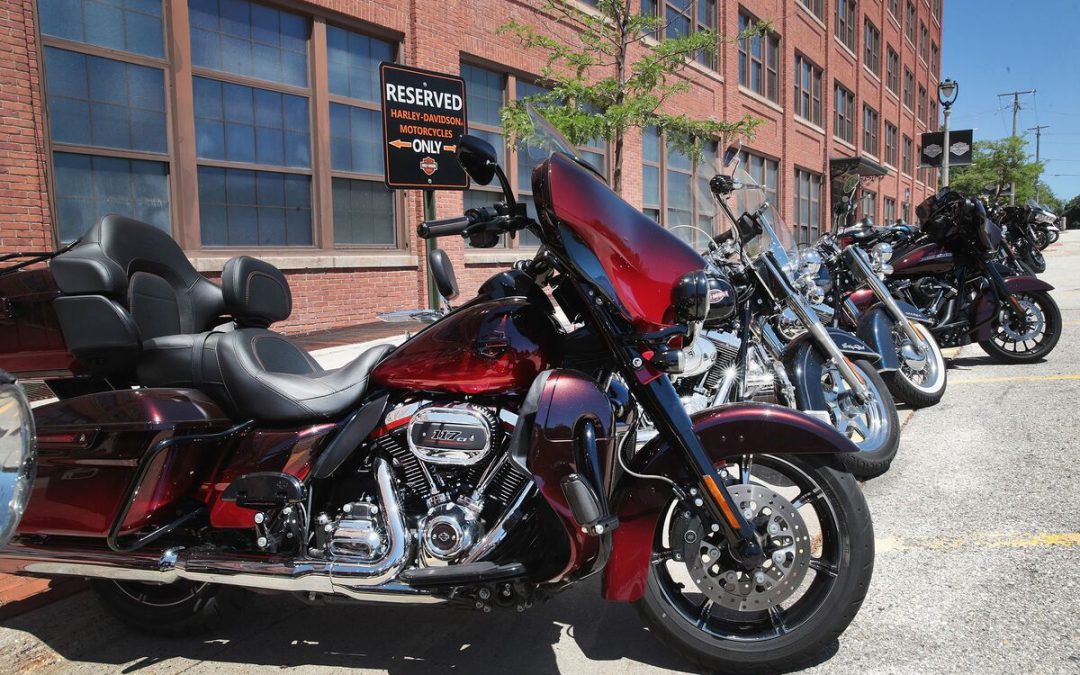Painting a motorcycle is often seen as a meticulous and challenging task that requires a certain level of skill and understanding. But is it as hard as it seems? Painting a motorcycle can indeed be a daunting endeavor, but with the right tools, techniques, and a bit of patience, one can transform a bike into a work of art. This article will delve into the intricacies of motorcycle painting, providing you with detailed insights on how hard it truly is to paint a motorcycle.

Why Paint Your Motorcycle?
There are several reasons why one might want to paint a motorcycle:
- Customization: Personalized aesthetics that reflect your unique style.
- Maintenance: Covering up scratches and wear to keep the bike looking new.
- Increased Value: A well-painted motorcycle can fetch a higher resale price.
Understanding the Challenges in Motorcycle Painting
Painting a motorcycle is not just about applying a new color; it involves several intricate processes and techniques. Here are the key challenges:
Surface Preparation
The initial and most crucial step is surface preparation. It involves cleaning, sanding, and priming the motorcycle parts, ensuring a smooth surface for paint application.
Choosing the Right Paint and Equipment
Using the appropriate type of paint and equipment is vital. Motorcycle paints need to be durable and resistant to environmental factors. Choosing the right spray guns, compressors, and other tools can make a significant difference in the outcome.
Application Techniques
Applying paint evenly without runs or sags requires practice and skill. Techniques such as maintaining the right distance and pressure while spraying are essential.
Curing and Finishing
Proper curing of the paint and applying protective layers such as clear coats and sealants ensure longevity and a glossy finish.
Step-by-Step Guide to Painting a Motorcycle
1. Gather Your Materials
Before you start, gather all the necessary materials:
- Motorcycle paint (primer, base coat, and clear coat)
- Sandpaper (various grits)
- Masking tape and drop cloths
- Spray guns and air compressors
- Personal protective equipment
2. Disassemble the Motorcycle
Carefully disassemble the parts of the motorcycle that need painting. This usually includes the gas tank, fenders, and fairings.
3. Clean and Sand the Surface
Thoroughly clean the surfaces to remove any dirt, grease, or old paint. Sand the parts to create a smooth surface for new paint to adhere to.
4. Apply the Primer
Apply a coat of primer to the sanded surfaces. This helps the paint adhere better and provides an even base for the color coat.
5. Apply the Base Coat
Once the primer is dry, apply the base coat. This is the primary color of your motorcycle. Apply several thin coats, allowing each coat to dry before applying the next.
6. Apply the Clear Coat
After the base coat is completely dry, apply the clear coat. This protects the paintwork and gives it a glossy finish.
7. Curing and Reassembly
Allow the paint to cure fully. This can take anywhere from a few days to a week, depending on the paint type and environmental conditions. Once cured, carefully reassemble your motorcycle.
FAQs
How Long Does it Take to Paint a Motorcycle?
The entire process can take anywhere from a few days to several weeks, depending on the complexity of the job and curing times. For more detailed timings, see how long it takes.
Can I Paint My Motorcycle at Home?
Yes, with the right tools and a proper workspace, you can paint your motorcycle at home. For more tips, check our guide on painting a motorcycle gas tank.
What Type of Paint Should I Use?
Automotive-grade paints are highly recommended for their durability and finish. Explore this detailed guide on how to paint a motorcycle for more insights.

Conclusion
Painting a motorcycle can be a rewarding experience that combines artistry and technical skill. While it presents several challenges, the satisfaction of riding a beautifully painted bike that reflects your personal style makes the effort worthwhile. Whether you are an experienced painter or a beginner, understanding the process and careful execution can yield tremendous results.
